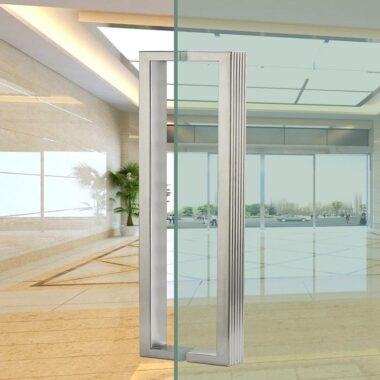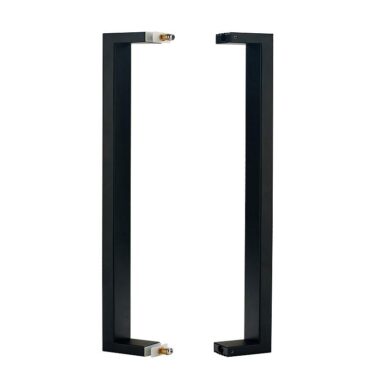Stainless Steel in Modern Door Hardware
Stainless steel has long been the preferred material for high-traffic architectural hardware. When it comes to door handles, locks, and hinges, the two most commonly specified grades are 304 and 316. Both provide durability, strength, and clean aesthetics, but their applications differ significantly based on performance expectations and environmental factors.
For most commercial and residential projects, hardware from a trusted Door Handle Manufacturer using stainless steel 304 provides excellent strength and resistance against typical indoor humidity or mild weather exposure. However, if the project site is located near coastal regions or high-salinity environments, 316 stainless is often the safer long-term choice.
Key Differences Between 304 and 316
Corrosion Resistance: 316 stainless contains molybdenum, which significantly increases resistance to salt and chlorides.
Cost Consideration: 316 is generally more expensive, but its extended life reduces replacement cycles.
Application Fit:
304 suits offices, schools, and standard residential doors.
316 is ideal for marine resorts, seaside villas, or public buildings in humid climates.
Architects often weigh lifecycle costs against upfront investment, balancing aesthetic quality and maintenance savings.
Why Hardware Finish Matters
Beyond the steel grade, finishes also determine durability. Polished, satin, or powder-coated surfaces can extend performance, but the underlying alloy quality remains critical. Salt-spray tests often show that 316 can survive years longer than 304 in harsh conditions, reducing callbacks and warranty claims.
When to Specify 304 vs 316
Choose 304 if the environment is dry, climate-controlled, and away from coastal salt exposure.
Choose 316 if hardware will be exposed to humidity, chlorides, or cleaning chemicals on a daily basis.
Project managers sourcing for hospitality or infrastructure works often find it efficient to explore Door Handles Wholesale packages that include both grades tailored to different building zones.
Final Thoughts
Choosing between stainless steel 304 and 316 is not just a technical decision—it is a balance of project budget, lifecycle costs, and performance requirements. By specifying the right grade and supplier early, you ensure both aesthetics and functionality will last for years.









